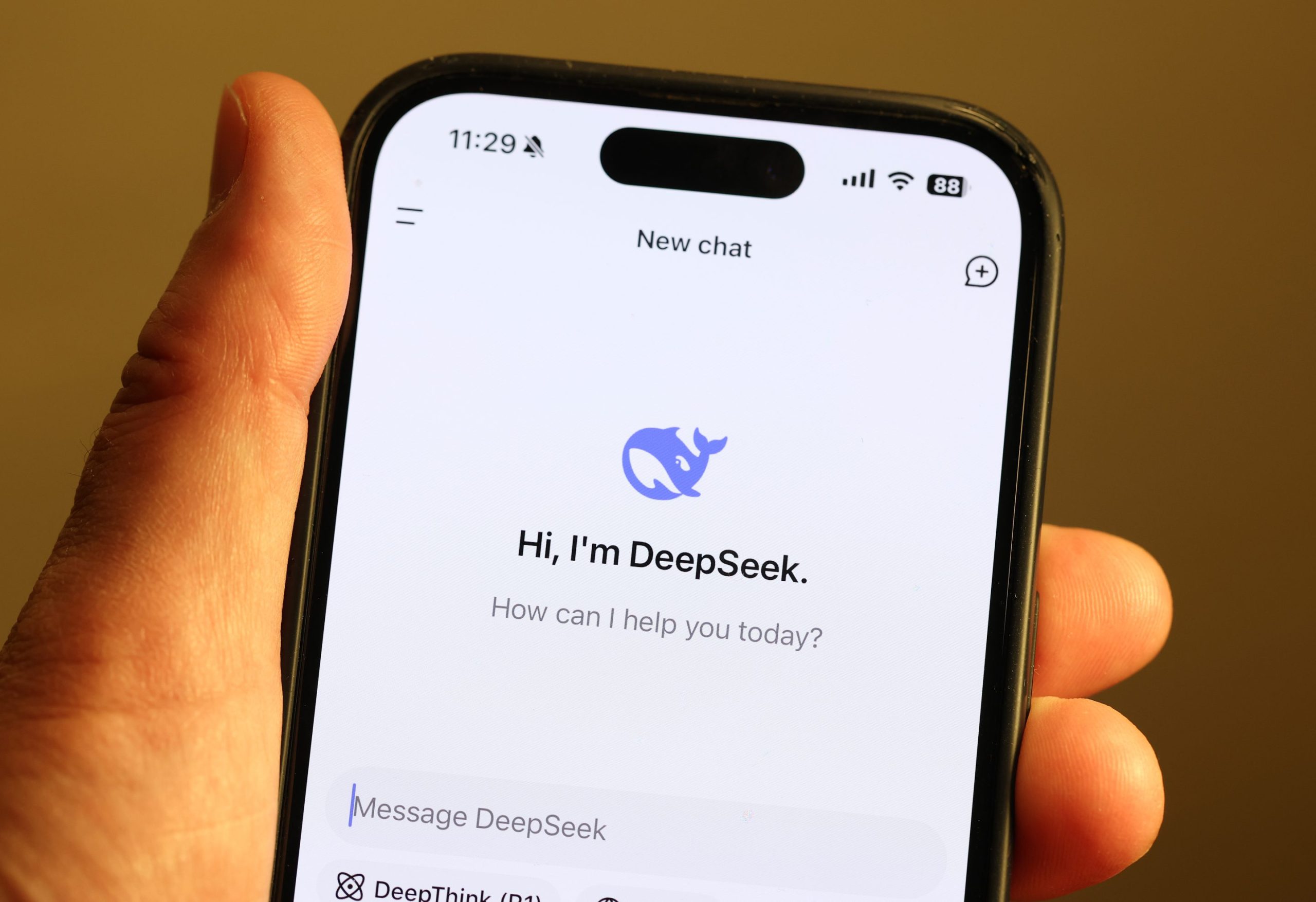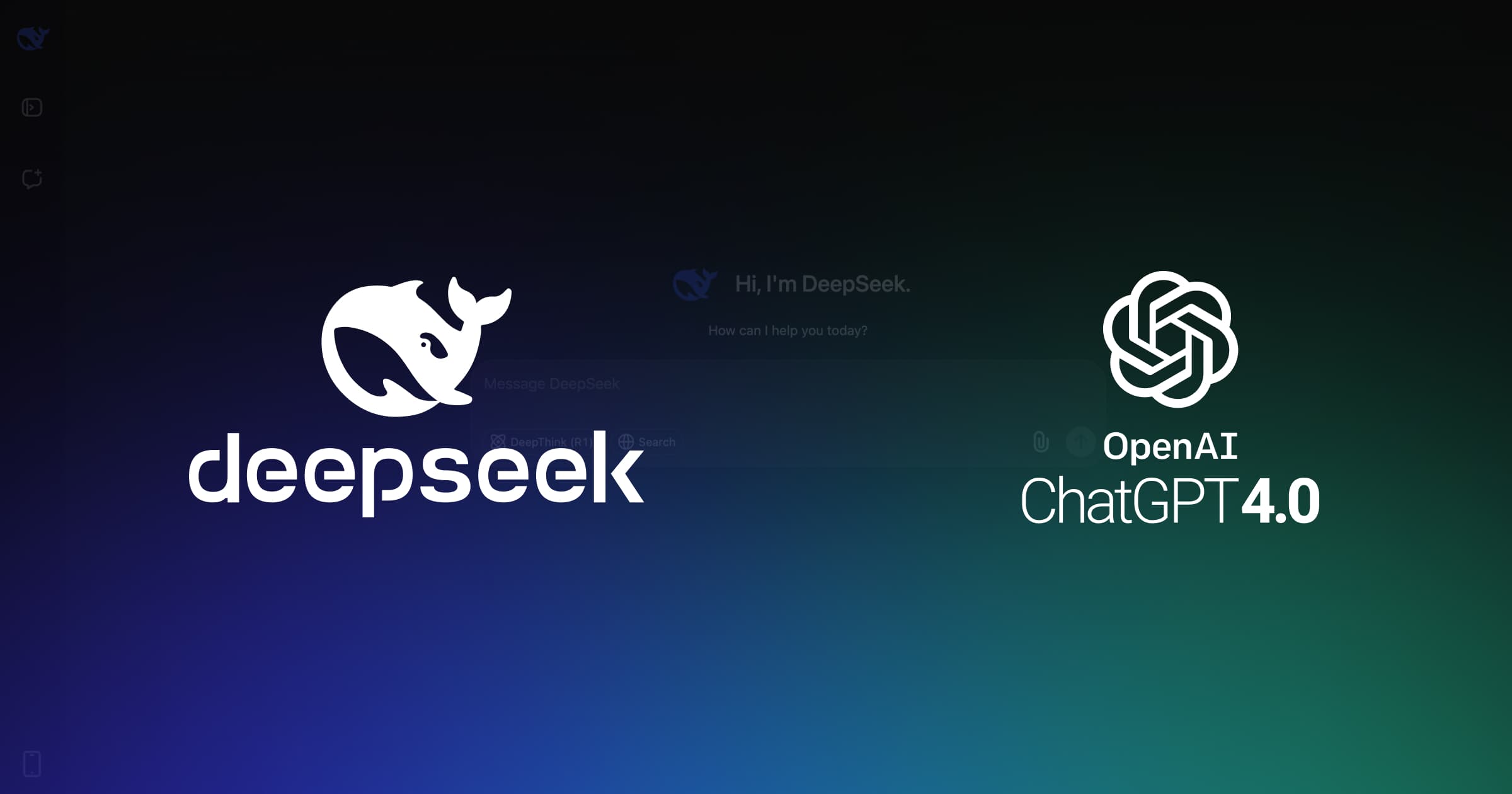DeepSeek vs ChatGPT: China’s Newest AI Powerhouse Takes Over
Artificial Intelligence ChatGPT DeepSeek
Sarah Francis
DeepSeek AI is China’s latest cutting-edge AI chatbot, developed to provide human-like conversations, generate high-quality content, and assist with complex tasks—similar to ChatGPT.
What sets it apart is its strong optimisation for the Chinese language and market, making it a more locally relevant option for users in China. The AI is rumoured to be backed by leading Chinese tech firms and trained on China-centric datasets, ensuring it aligns with cultural, linguistic, and regulatory expectations.
As China accelerates its AI development, DeepSeek positions itself as a self-sufficient alternative to Western AI models like ChatGPT, which remains restricted in China.
Key Features of DeepSeek AI

DeepSeek AI offers several key features that position it as a major competitor in the AI industry:
1- Advanced Natural Language Processing (NLP)
DeepSeek AI is built on a large-scale neural network that enables it to understand, generate, and process human language efficiently. Like ChatGPT, it can conduct fluent conversations, answer complex questions, and generate high-quality content.
2- Multimodal Capabilities
Unlike many traditional text-based models, DeepSeek is reportedly being trained to handle multimodal inputs, meaning it can potentially process not just text but also images, code, and other data types, unlike the free version of ChatGPT.
3- Optimised for the Chinese Language
One of DeepSeek’s biggest strengths is its native fluency in Chinese, giving it an edge over ChatGPT in the Chinese market. While ChatGPT supports multiple languages, it is primarily optimised for English. DeepSeek, on the other hand, is designed to handle Chinese text with better context awareness, cultural nuances, and local adaptations.
4- AI-Powered Content Creation
DeepSeek is expected to offer powerful text generation features that assist users with tasks like writing articles, summarising reports, generating code, and even brainstorming ideas.
5- Localised Data Training
DeepSeek has been trained on China-specific datasets, making it better suited for understanding China’s cultural, historical, and business landscape. This also means it may be more compliant with Chinese regulations and censorship laws, unlike ChatGPT, which is partially restricted in China.
6- Open-Source Potential
Reports suggest that DeepSeek could be made partially open-source, allowing developers to build customised AI solutions based on its framework. This would be a major differentiator compared to OpenAI’s models, which are not fully open-source.
DeepSeek vs. ChatGPT: How They Compare

DeepSeek and ChatGPT both excel in different aspects of AI performance, with DeepSeek proving to be a faster and more structured writing assistant, particularly in generating ranked lists and quick drafts. At the same time, ChatGPT offers more refined and detailed responses for blog posts and summaries.
In coding, DeepSeek has impressed researchers by solving complex problems where ChatGPT fell short, making it a strong competitor for developers, especially due to its cost-effectiveness.
For brainstorming, ChatGPT generates multiple creative ideas efficiently, whereas DeepSeek focuses on immediate execution, producing fully written drafts rather than concept lists.
When it comes to research and learning, ChatGPT provides in-depth explanations with historical and contextual nuance, while DeepSeek offers concise but accurate summaries, making it ideal for users who need quick, digestible answers.
recommended
 Cafés
Cafés
Bite Into the Croffle Craze: The Best 5 Spots to Try Croffles in Cairo
cafes cairo +2 City Life
City Life



